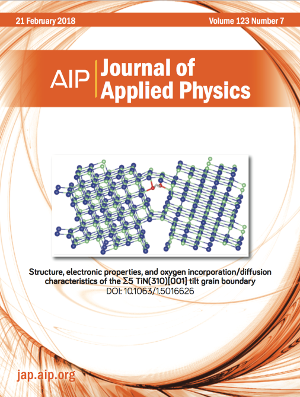Human cystatin C (HCC) is a cysteine protease inhibitor that takes a series of oligomeric forms in solution (e.g., dimers, trimers, tetramers, decamers, dodecamers, and other higher oligomers). The best-known form of cystatin C is the dimer, which arises as a result of a domain swapping mechanism. The formation of the HCC oligomeric forms, which is most likely due to this domain swapping mechanism, is associated with the aggregation of HCC into amyloid fibrils and deposits. To investigate the structure of a specific HCC oligomer, we developed a covalently stabilized trimer of HCC. An atomic model of this HCC trimer was proposed on the basis of molecular docking and molecular dynamics simulations. The most stable model of the HCC trimer obtained from the molecular dynamics simulations is characterized by a well-preserved secondary structure. The molecular size and structural parameters of the HCC trimer in solution were also confirmed by Small Angle Neutron Scattering and Nuclear Magnetic Resonance Diffusometry.

